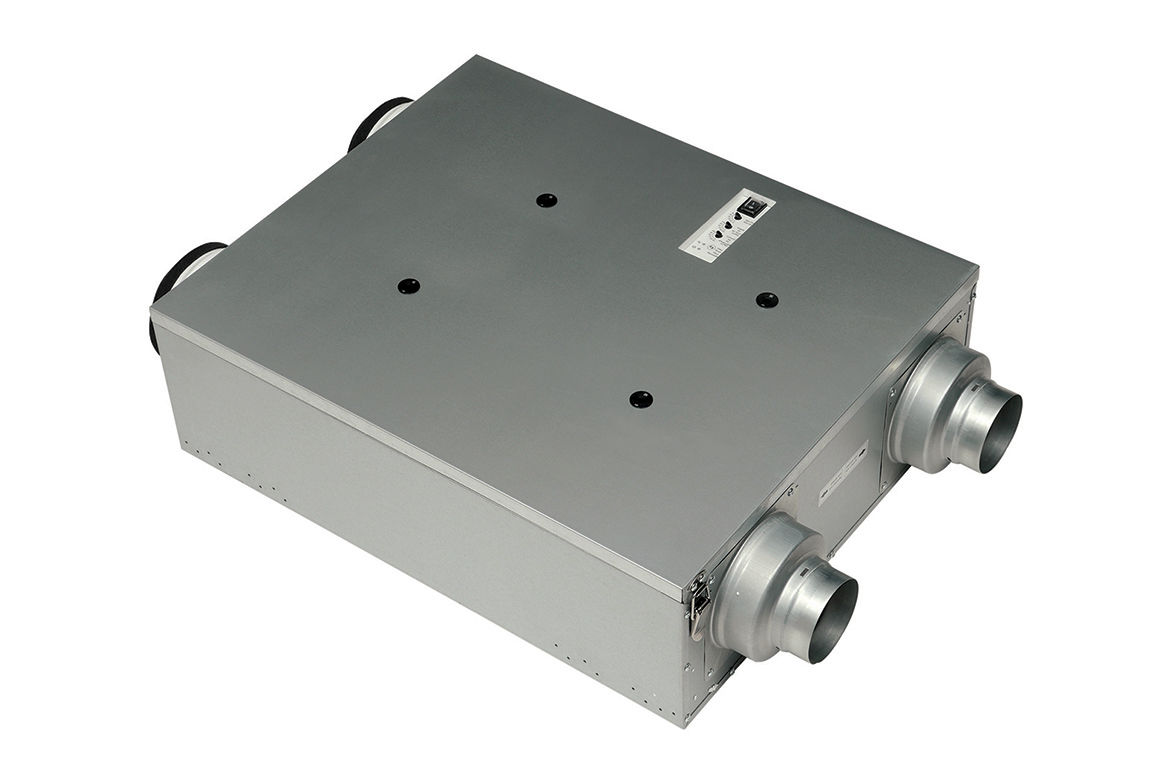Great info...Can you explain before and after install of erv any reload smoke, if you need to pre warm the flue or have an co issues at coaling? As for co issues...Im guessing the only way to know would be a ultra low co meter. thanks...
sure, Our new home was built and we moved in March 2018, stove arrived a few months later. We ordered a custom artwork Ideal steel unit, and I had the builder install the chimney, and placed cement board behind the stove location, and two layers of board and tile underneath the stove while the home ws being built. I did my homework, researched erv units, , and fortunately, the local builder listened to me and these custom features were part of our build. We bought our farm 10 years earlier, and when we retired, moved to the farm full time after retirement. There was an old “farm house” , but the quotes mean glorified camping, small 900sf 70 year old building, nothing for perm use, so we tore down the house and built on the same spot.
anyway…. our house was set up with a + pressure on the erv unit, because we knew a wood stove was going to be installed. When the stove arrived that summer, I waited for first burn until the first Winter. During our first burn in fires, I did not test the range hood, or bathroom vents when doing the first few days of firing and burning in the paint.
We had our first single digit temps when I did our first experiment. I burn 20-40 days a year. Since my house is so efficient, the newer heat pumps work great and are great down into even the single digits, but to save on electricity, and for wood warmth I run the stove when day time temps are upper 20s or lower, and night time then drops lower. Usually 20-40 days here in the Missouri Ozarks.
During that first full load cold weather burn, ERV on, zero smoke, zero smoke spillage on lighting, reloads, etc etc, and the IS is a front door loader. I also tested reloads with ERV off, and still no smoke spillage, however it was noted that smoke was rolling around in the box a lot more, but because of the tall chimney, I still had a good draft, but there was a difference, but no smoke spillage.
Next day, testing further, the erv was on, full load burn, on reload, door cracked, going good on relight, I had my spouse turn on the hood, on setting 1-2, nothing came out cracked door, on 3 a few wisps of smoke, and on 4, well, you can guess how a 1200com exhaust fan 20’ away will pull smoke out of your fire box, lol. After turning off the hood we turned on all three bathroom vents, and the stove behaved like the erv was off, drafting ok, no spillage. We were happy, Even with a tight house during a power outage and erv not running, we can run our wood stove with inside air, and there is always crack a window option if needed. No need to drill through our tile hearth to hook up to the outside air pipe in the basement that runs to the covered patio.
Also, we have a good co unit nearby the unit, plus another few in our bedrooms, never had a blip, and never registered.
We never pre warm the flue, bottom or top down starts makes zero difference. Our straight chimney drafts very well, May still put a damper in. The IS burns about half the time with a black box, but cat on, when turned way down for overnight burns, black of course after the secondaries go out.
pick of our stack and how close the hood is to stove.
![[Hearth.com] Negative pressure issue-i think [Hearth.com] Negative pressure issue-i think](https://www.hearth.com/talk/data/attachments/291/291918-a8e152e79ed4fbad8f4f28e71e2f5517.jpg?hash=bccJ8ti4Qw)
![[Hearth.com] Negative pressure issue-i think [Hearth.com] Negative pressure issue-i think](https://www.hearth.com/talk/data/attachments/291/291917-83a4d4a7ab86f4310c6d28149dd7705b.jpg?hash=-FhEZONsQE)
![[Hearth.com] Negative pressure issue-i think [Hearth.com] Negative pressure issue-i think](https://www.hearth.com/talk/data/attachments/291/291894-5494a2503f7ba07420f1c744cddc77b0.jpg?hash=BzvGxkdLvt)
![[Hearth.com] Negative pressure issue-i think [Hearth.com] Negative pressure issue-i think](https://www.hearth.com/talk/data/attachments/291/291894-5494a2503f7ba07420f1c744cddc77b0.jpg?hash=BzvGxkdLvt)



![[Hearth.com] Negative pressure issue-i think [Hearth.com] Negative pressure issue-i think](https://www.hearth.com/talk/data/attachments/291/291918-a8e152e79ed4fbad8f4f28e71e2f5517.jpg?hash=bccJ8ti4Qw)
![[Hearth.com] Negative pressure issue-i think [Hearth.com] Negative pressure issue-i think](https://www.hearth.com/talk/data/attachments/291/291917-83a4d4a7ab86f4310c6d28149dd7705b.jpg?hash=-FhEZONsQE)